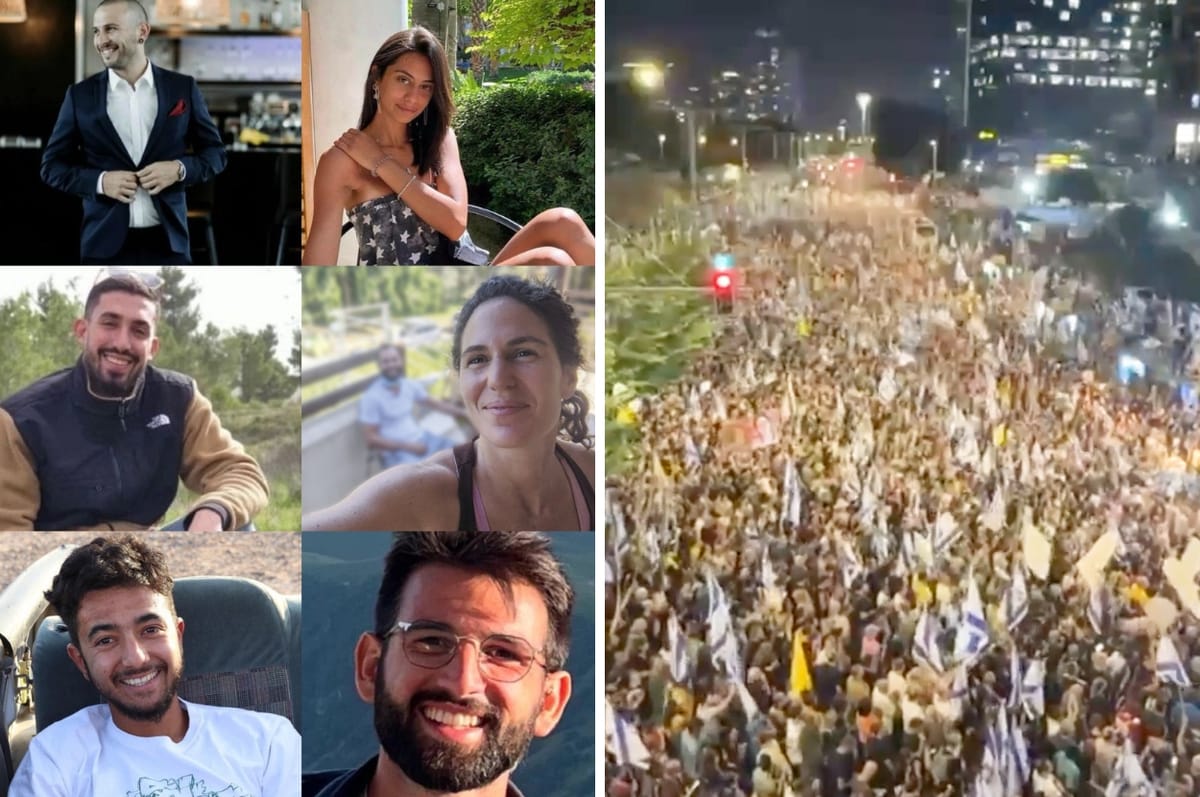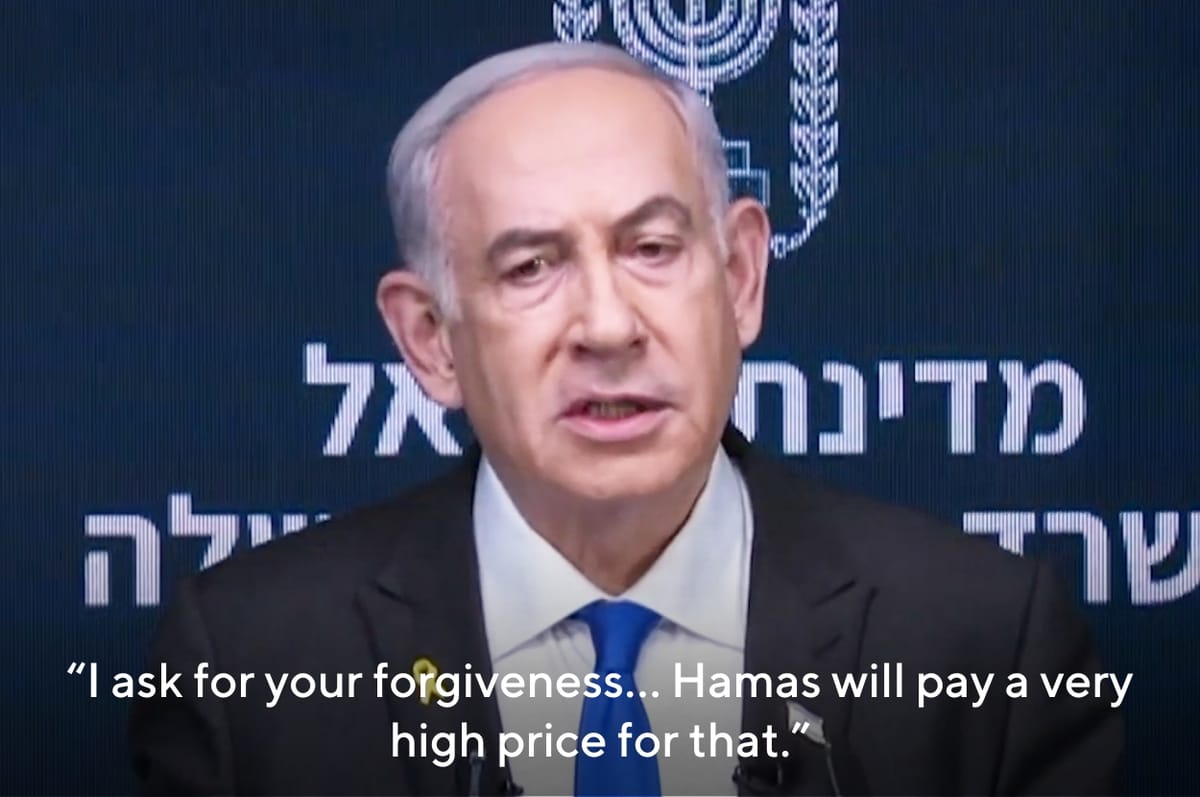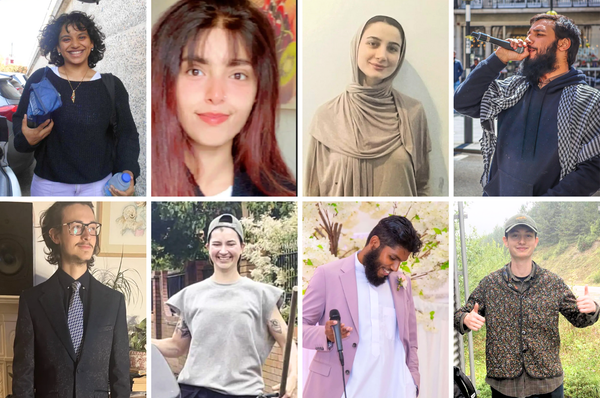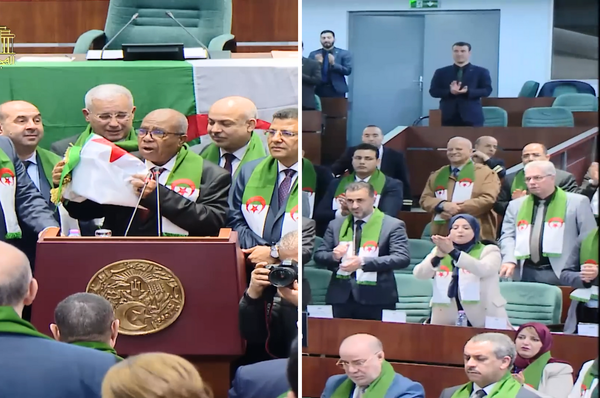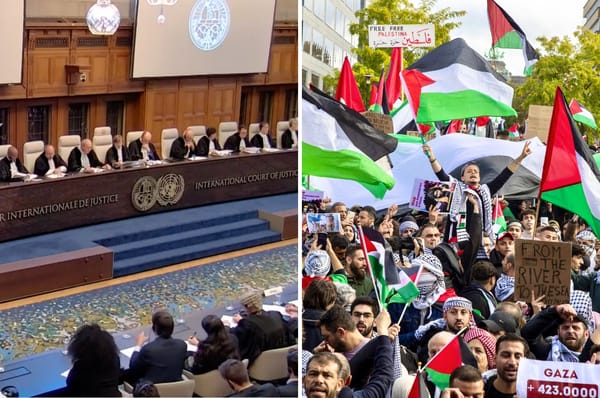What Is The Philadelphi Corridor?
The Philadelphi corridor is a 100-meter wide and 14 kilometer long piece of land situated along the border between the Gaza Strip and Egypt.
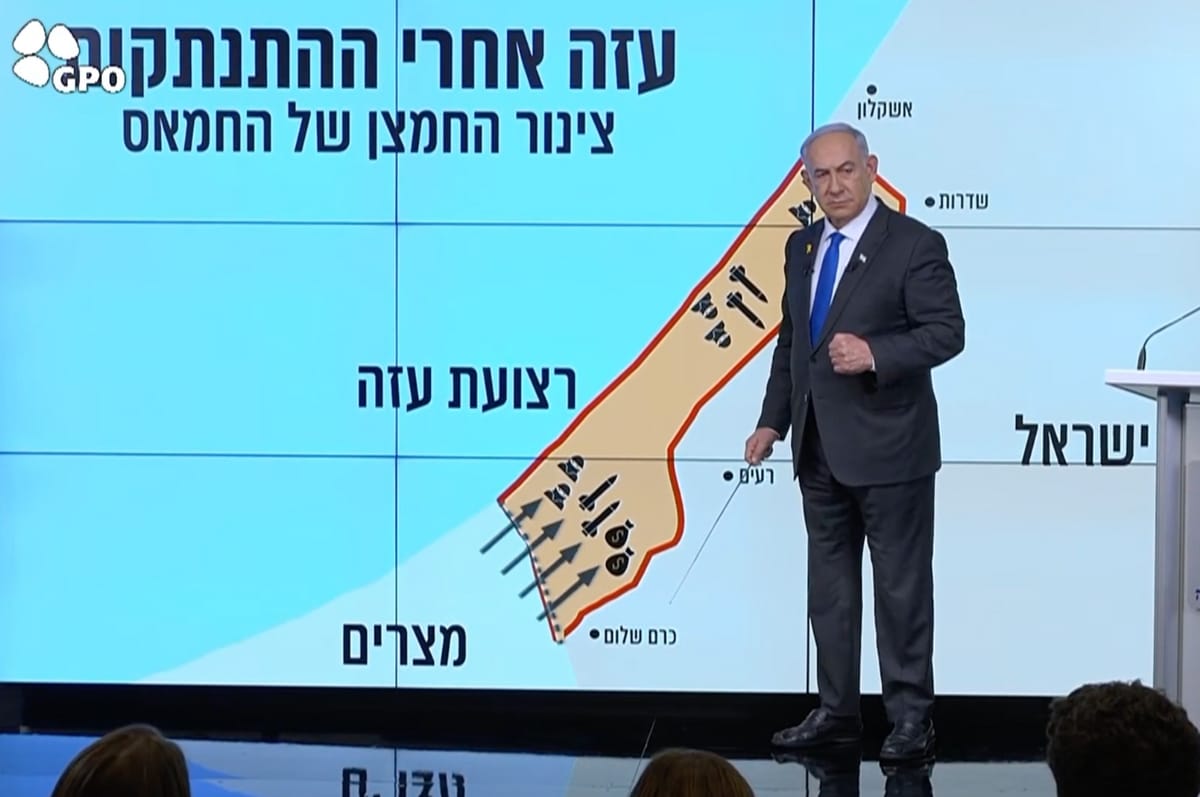
What is the "Philadelphi" corridor? And how did it become the central sticking point in the Gaza ceasefire negotiations?
On Monday Sep. 2, Israeli prime minister Benjamin Netanyahu held a press conference when he showed a map of the Gaza Strip and said that Israel “must control” the Philadelphi Corridor.
The Philadelphi corridor is a 100-meter wide and 14 kilometer long piece of land situated along the border between the Gaza Strip and Egypt.
It includes the Rafah Crossing, which is Palestinians’ only way in or out of Gaza that was not controlled by Israel.
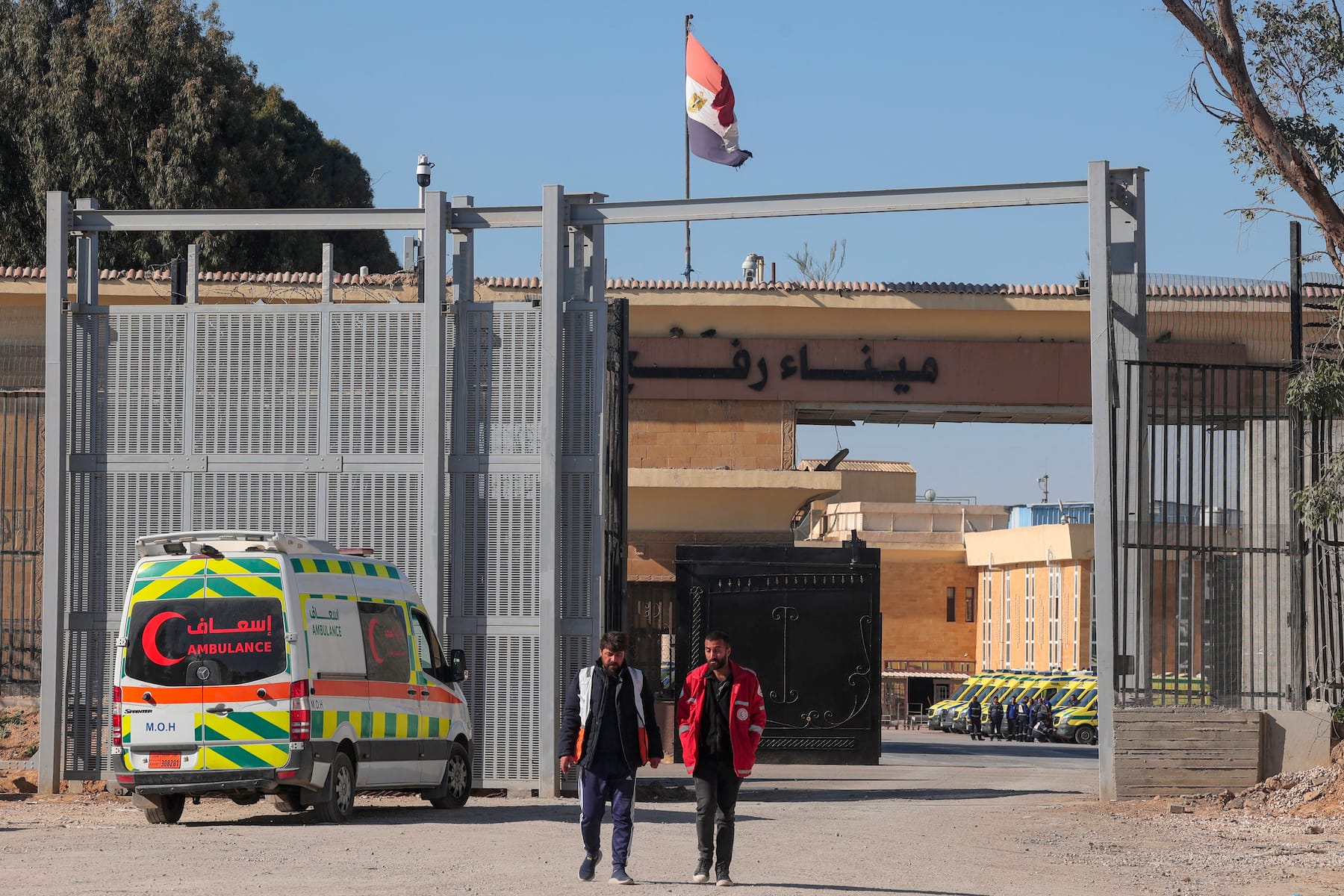
The corridor was first established in 1979 as a demilitarized buffer zone after Egypt and Israel signed a peace treaty that saw Israel leave the Sinai Peninsula.

In 2005, Israel withdrew its citizens and the military from the Gaza Strip and signed a new agreement with Egypt about the Philadelphi corridor.
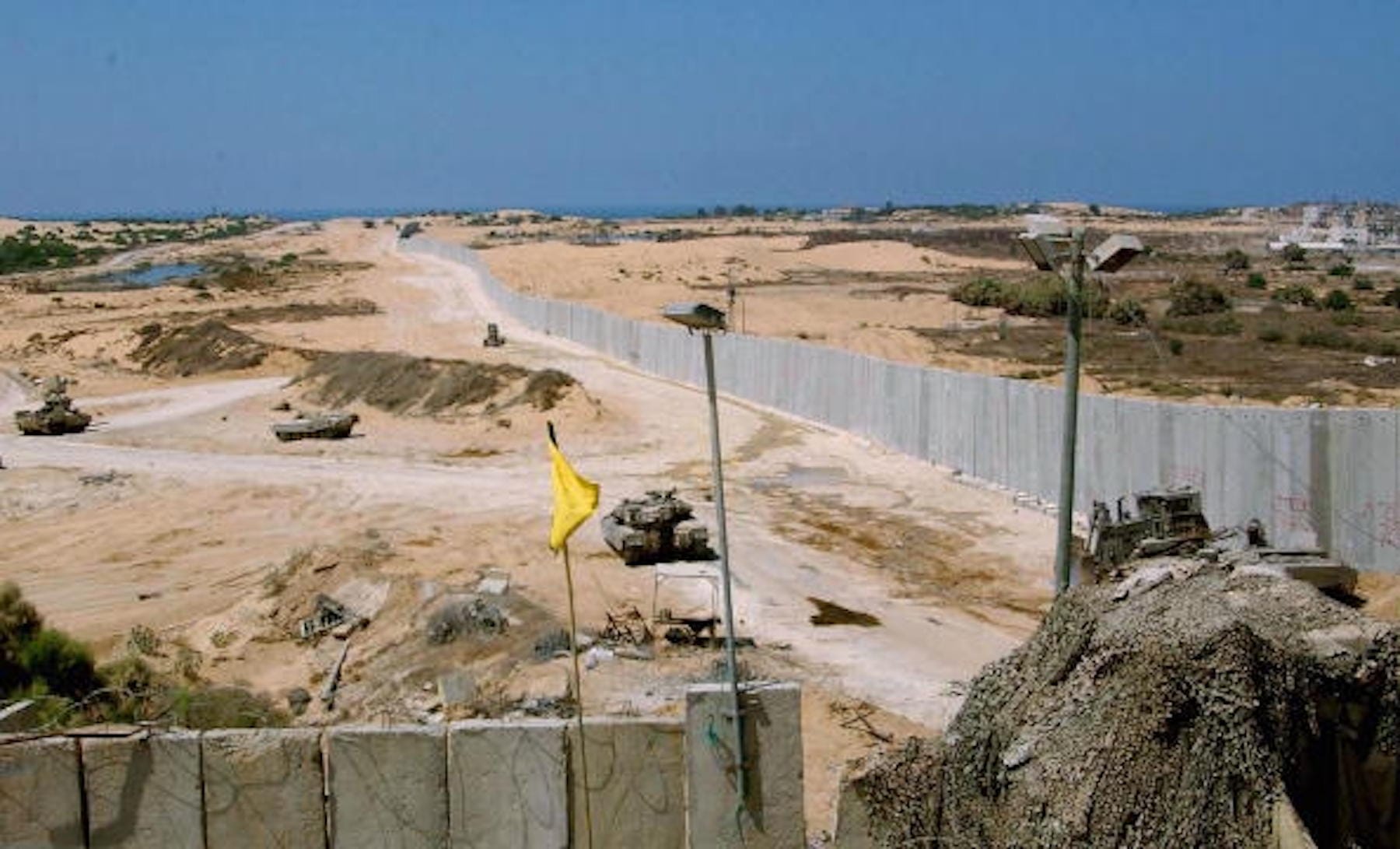
Under the agreement, Egypt would place 750 border guards along the corridor to stop weapons from being smuggled from Egypt into the Gaza Strip and other criminal activity.

The agreement stipulated that the main border crossing would be the Rafah Crossing, with the rest of the corridor being demilitarized besides the Egyptian border guard.

The Gazan side of the border was to be controlled by the Palestinian Authority, which remained the case until Hamas took control of the Gaza Strip in 2007.
In May 2024, after Israel declared war on Hamas on Oct. 7, Israel seized control of the Philadelphi corridor as part of its advance into Rafah, in southern Gaza, which experts say is violating its 1979 peace treaty with Egypt.
Now, months later, the corridor is back in the spotlight.
This came after Israeli forces found another six hostages dead in a tunnel in Rafah, leading to widespread anger and the the biggest protests Israel has witnessed since Oct. 7.

Faced with pressure, Netanyahu asked for “forgiveness” but insisted on maintaining control over the Philadelphi Corridor as a key condition for any ceasefire agreement with Hamas.
He argued that Israel's three main war goals: destroying Hamas, releasing all hostages and ensuring Hamas never poses another threat to Israel cannot be achieved without controlling the Philadelphi Corridor.
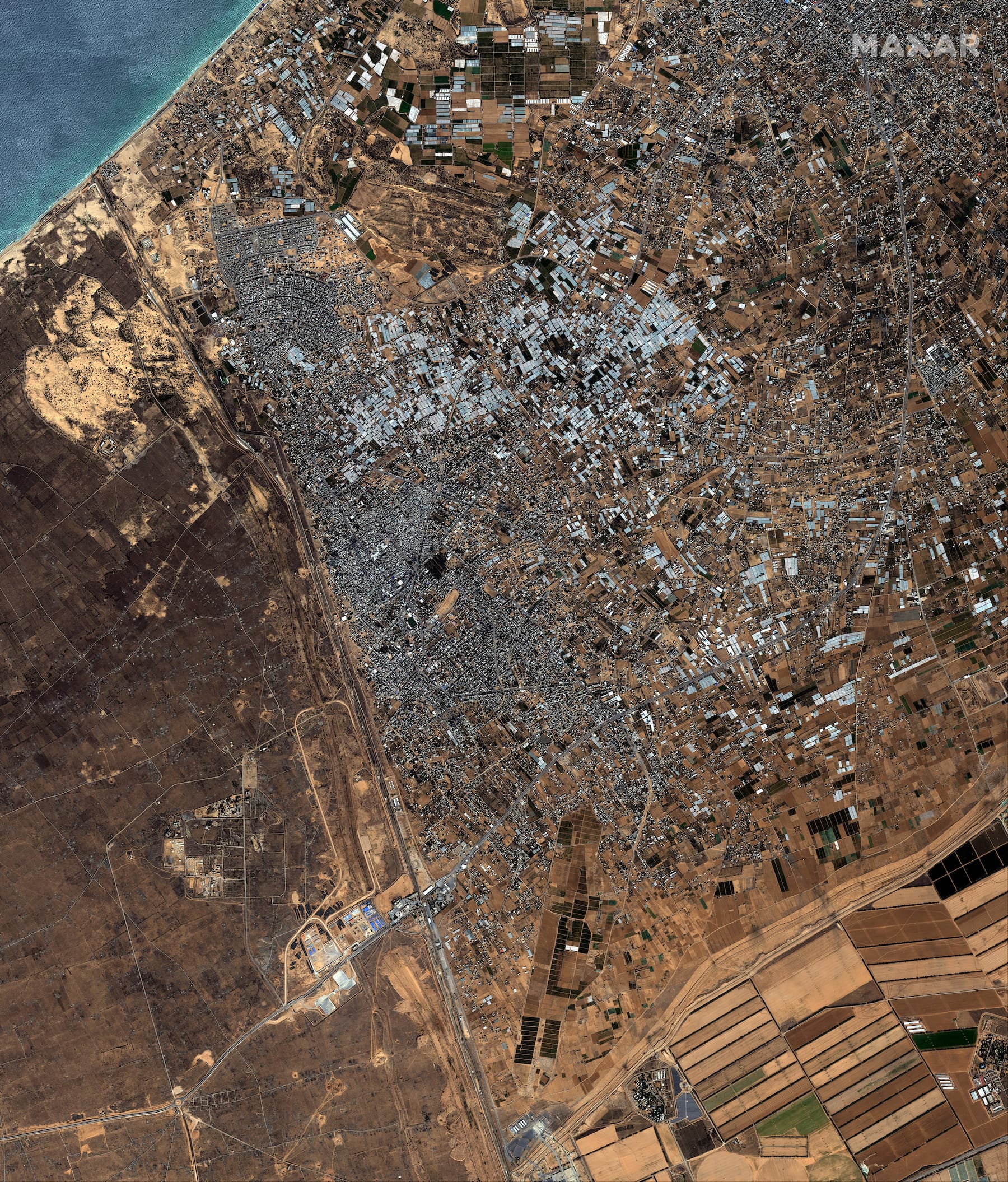
He claimed that Hamas is using the corridor to smuggle in weapons and rearm.

Egypt has rejected Netanyahu’s allegations, saying that it is misleading the Israeli public and obstructing ceasefire efforts, according to AP.
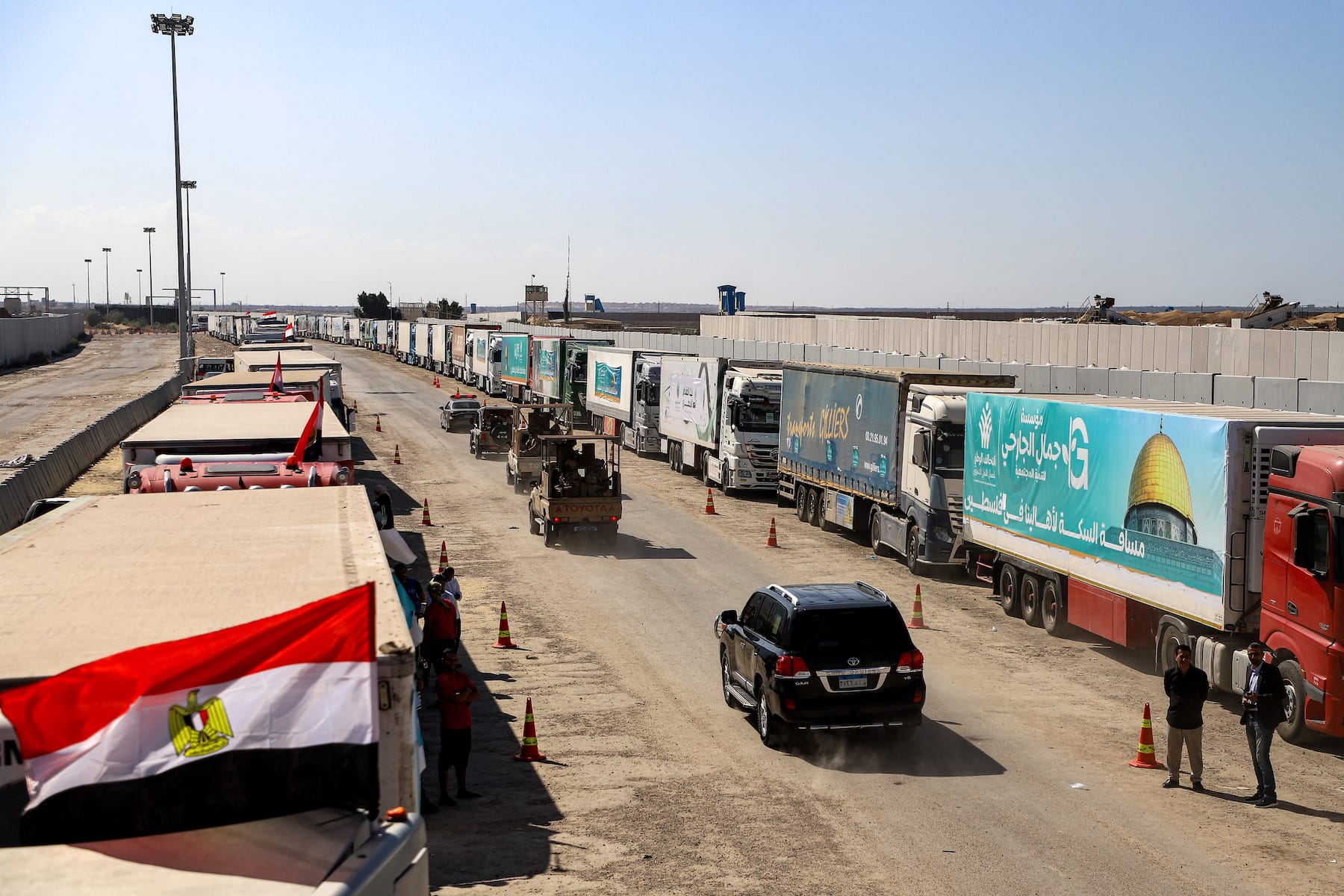
Hamas has said that one of its conditions for a ceasefire is that Israel should completely withdraw from Gaza, including from the Philadelphi corridor.
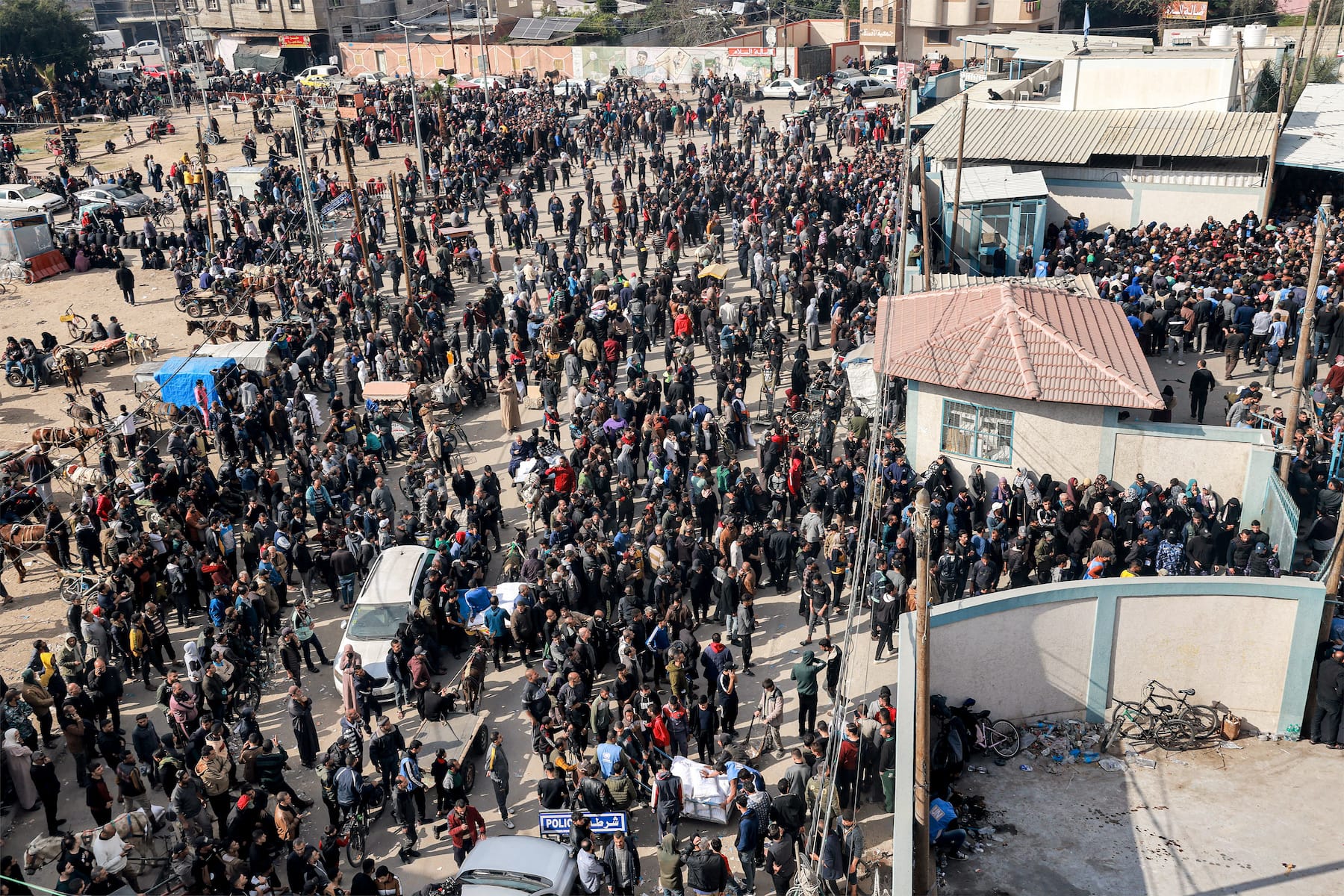
Egypt said it already destroyed hundreds of tunnels on its side of the border years ago and set up its own military buffer zone to prevent smuggling.

Analysts have said that Netanyahu was not concerned with controlling the corridor before and has now brought it up as a last minute demand to block ceasefire negotiations so he can continue the war on Gaza.

Many Israelis, including the Defense Minister, have called on Netanyahu to give up control of the corridor so that they can secure a deal for the remaining hostages to be returned safely.

Unnamed Israeli security officials have also been telling Israeli media for weeks that the corridor is “not essential” to Israel’s security and should not hold up a deal to return the hostages,” according to AP.
Also Read
